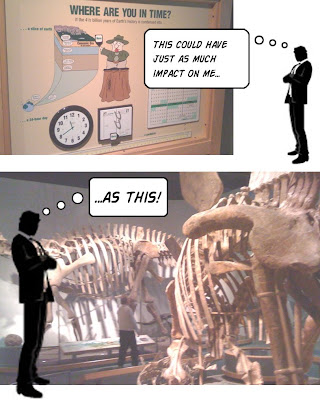
A colleague forwarded a book review from Business Week the other day for “Do you matter? How Great Design Makes People Love Your Company”, by industrial designer Robert Brunner and corporate consultant Stewart Emery. Here’s an excerpt from the article:
“Their theory is simple: Successful executives should treat design as more than a finishing discipline that simply improves products' aesthetics. Instead, design should influence every aspect of customers' experiences. For Brunner and Emery, design is an infrastructural element that helps define every aspect of a company, including Web site, stores, customer support, packaging, and messaging as well as products. "Design…can't be a veneer," they explain.”In a nutshell, this book is about the importance of creating endearing products. I, like many, also add that good design [read: considered] is inherently green. In my personal experience for every 2 PCs my husband buys, I buy 1 Mac. Why? I like the machine, it’s a better design inside and out thus, I want to keep it longer.
However, we’re talking about museums, not products. So, what can we learn from their world?
I know that museums have long been engaged in building meaningful relationships with its “customers” and “following the visitor home” is fast becoming a mantra. As the authors foster the idea that a systemic approach to design needs to be an infrastructural element in an organization, I realize that’s what LEED is based on. The folks at Inhabitat put it simply: “Good Design is Green Design and Green Design is Good Design”.
Really, green design is fully considered design- it takes into account the entire system in which we live and operate. I would go further to say that if you have an approach that is meshed with your mission, your resources, and your audience (i.e., fully considered), it makes the entire development of your organization more efficient. Think of all the issues you wouldn’t have to debate, and how much you could focus on other things.
I’m not arguing for a monotheistic approach to design, nor am I saying that Apple Computer is the precise model to follow. I’m simply suggesting that there is a lot of efficiency built into their approach, which mirrors the LEED approach- that’s something we could learn from.
So in order to be successful at [green] design, looks like it needs to be treated as a core value in an organization, not a finish. Which means that ideas such as the ones put forward in that book may help in getting that point to rise to the top of an organization.











